X
Electric hoists represent their own machinery, strength, and toughness, while the stage is elegant, flowing, and soft, with conflicts and collisions between the two.
The common faults of stage electric hoists mainly include the following:
Category : V7 Stage Electric Series
Get a Quote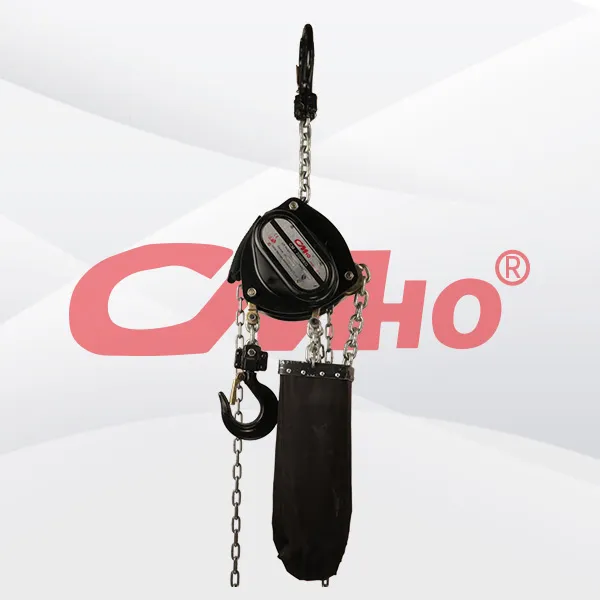
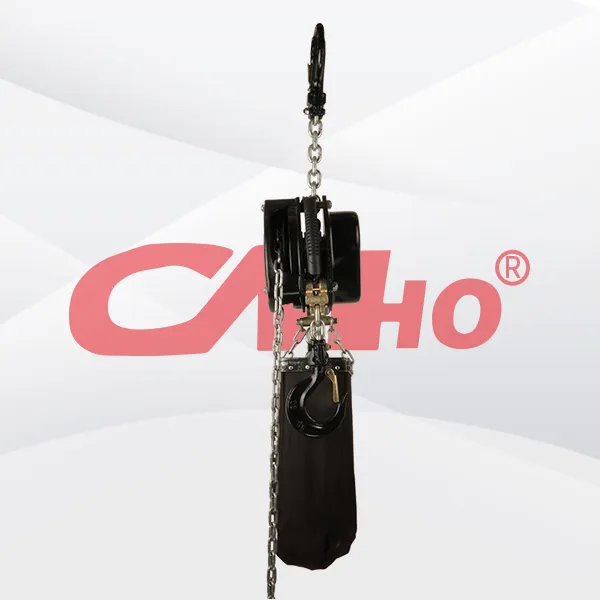
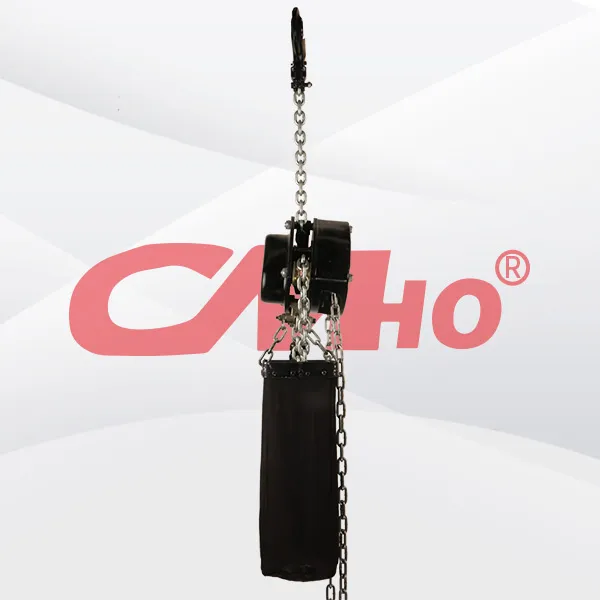
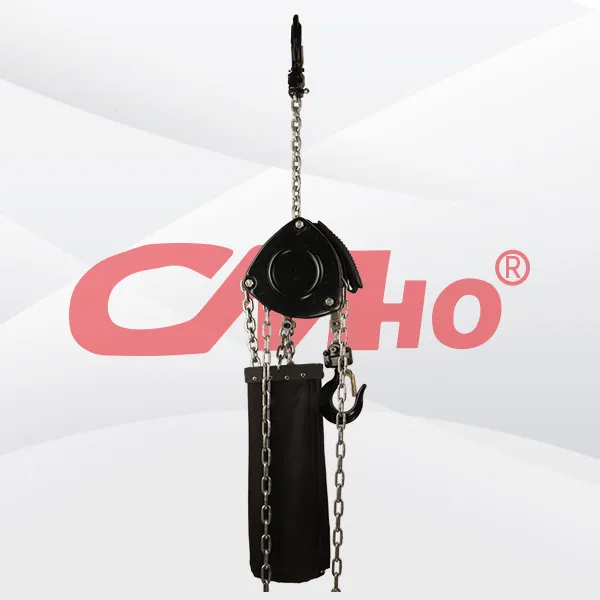





Product Details
The common faults of stage electric hoists mainly include the following:
1、 Electrical malfunction
1. Unable to start: It may be caused by power failure, damaged power cord, control switch malfunction, motor malfunction, etc.
2. Abnormal motor heating: It may be caused by motor overload, poor heat dissipation, bearing damage, winding short circuit, and other reasons. Long term overheating operation of the motor may damage the motor and affect the normal use of the electric hoist.
3. Control failure: including button failure, remote control unresponsive, etc. It may be caused by control circuit faults, controller damage, signal interference, and other issues.
2、 Mechanical malfunction
1. Chain or wire rope breakage: usually caused by overloading, severe wear, impact, and other reasons. A broken chain or wire rope can prevent the electric hoist from lifting heavy objects properly and may even cause safety accidents.
2. Chain or wire rope looseness: It may be due to elongation after prolonged use, or loose fixing devices. Loose chains or wire ropes can affect the stability and accuracy of lifting.
3. Chain or wire rope jamming: It may be caused by debris entering between the chain or wire rope and the pulley, or insufficient lubrication. Stuck will cause the lifting and lowering actions of the electric hoist to be unsmooth.
4. Hook deformation: It may be caused by overloading, collision, or other reasons. A deformed hook can affect its load-bearing capacity and safety.
5. The hook opening is too large: it may be due to long-term use causing wear and tear on the hook, or external impact. A hook with a large opening can easily cause heavy objects to fall off, posing a danger.
6. Gear wear: After prolonged use, gears may experience wear, leading to issues such as poor transmission, increased noise, and weak lifting.
7. Drive shaft fracture: may be caused by overload, material defects, or improper installation. The breakage of the transmission shaft will cause the electric hoist to completely lose its lifting function.
3、 Brake malfunction
1. Brake failure: It may be caused by worn brake pads, loose brake springs, oil stains on the surface of brake wheels, and other reasons. Brake failure can prevent the electric hoist from braking in a timely manner after stopping, and heavy objects may slide down, posing a safety hazard.
2. High brake noise: It may be due to improper clearance between the brake pads and brake wheels, or poor brake pad material. High noise not only affects the working environment, but may also be a signal of problems with the braking system.
4、 Other faults
1. Shell damage: It may be caused by collision, falling, or other reasons. Damage to the outer shell not only affects the appearance of the electric hoist, but may also cause damage to internal components, affecting its normal use.
2. Abnormal noise: In addition to the possible noise generated by transmission components and braking systems, abnormal noise may also occur in parts such as motors, chains, or wire ropes. Abnormal noise may be caused by component wear, looseness, poor lubrication, and other reasons, which need to be checked and dealt with in a timely manner.
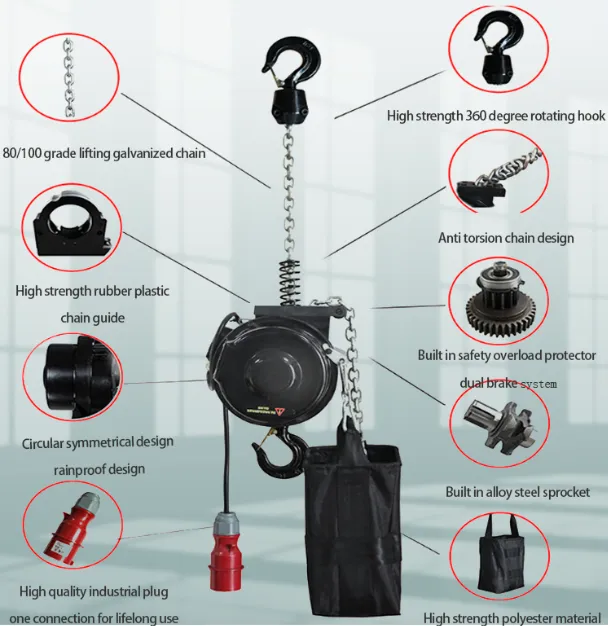
RELATED PRODUCTS .
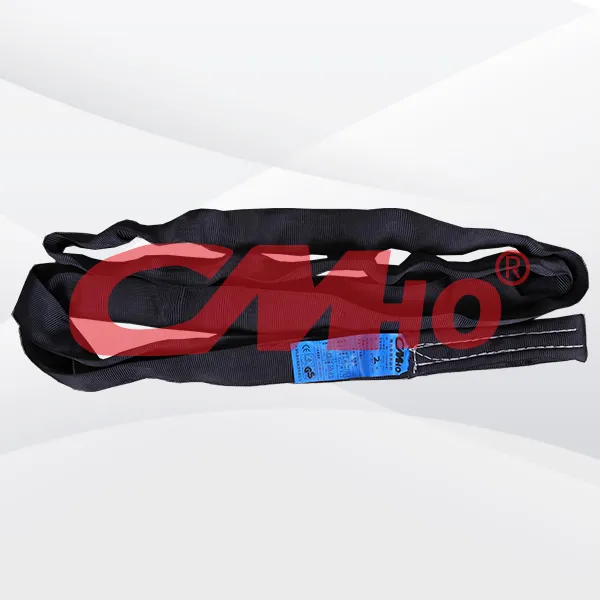
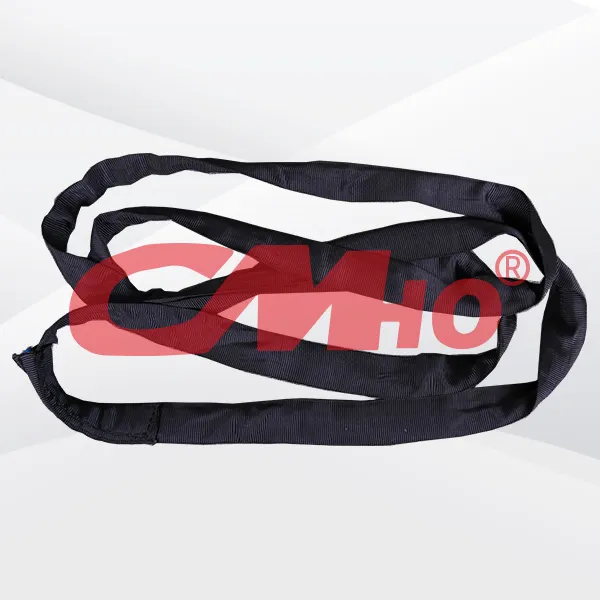
With its remarkable characteristics such as softness, light weight, and strong protective performance, as well as its wide applicability, the black soft sling occupies an important position in numerou
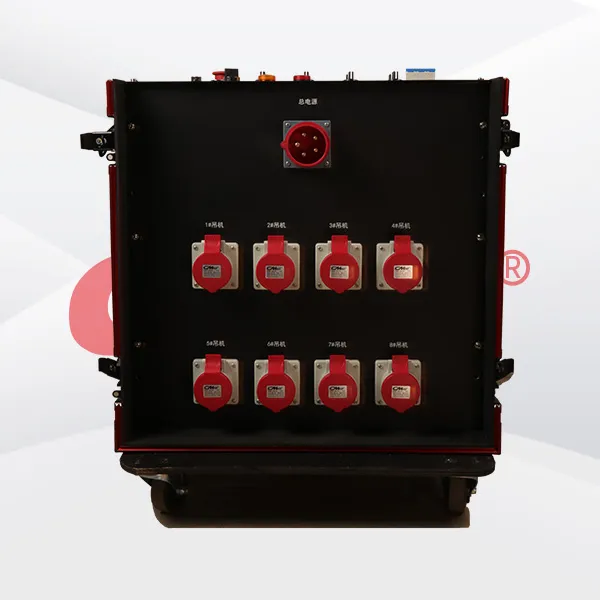
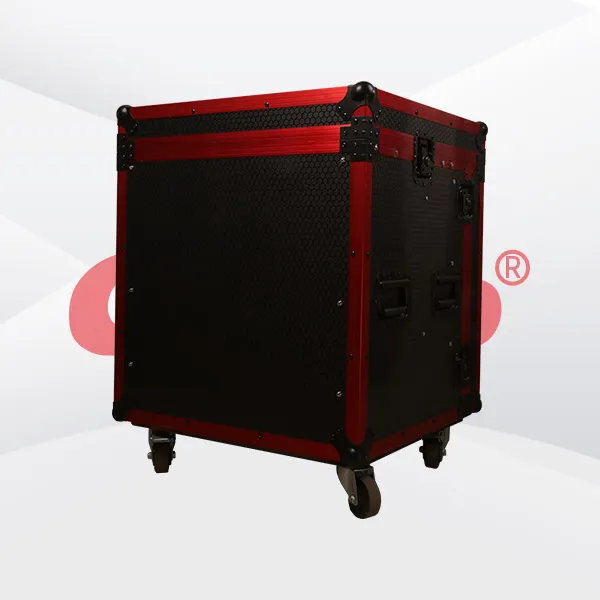
In various large-scale art shows, commercial events, themed evenings and other occasions, group-controlled stage performance hoists play an important role. They can assist in the construction of compl
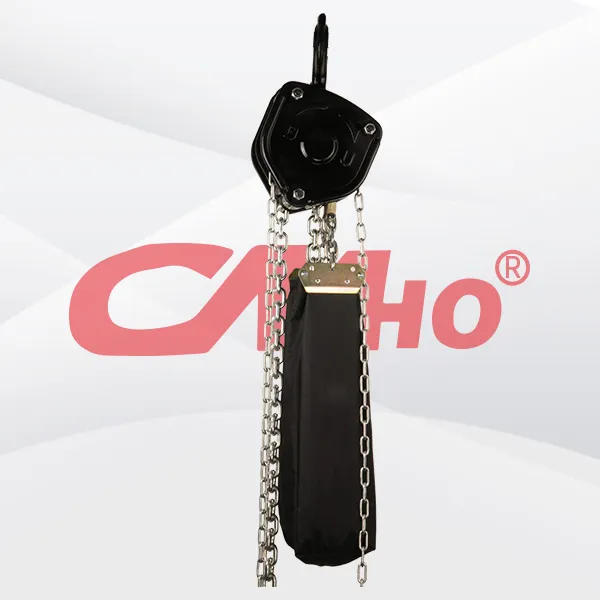
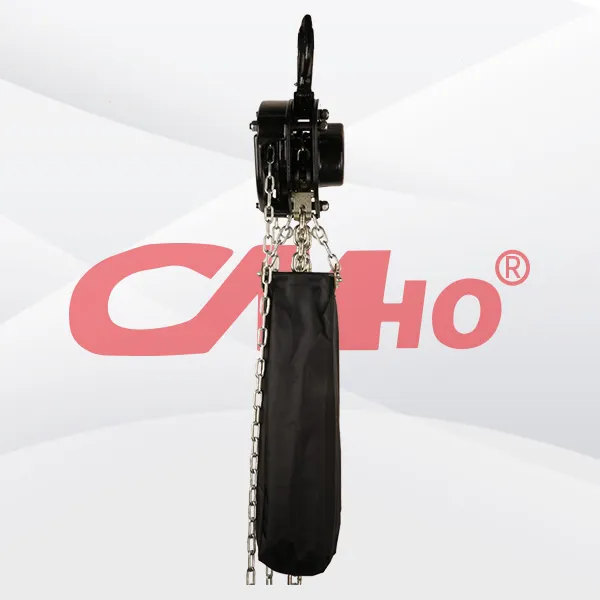
Common specifications of portable hand chain hoists include 1 ton, 2 tons, 3 tons, 5 tons, 7 tons, 10 tons, etc. Hand chain hoists produced by different manufacturers may have certain differences. In
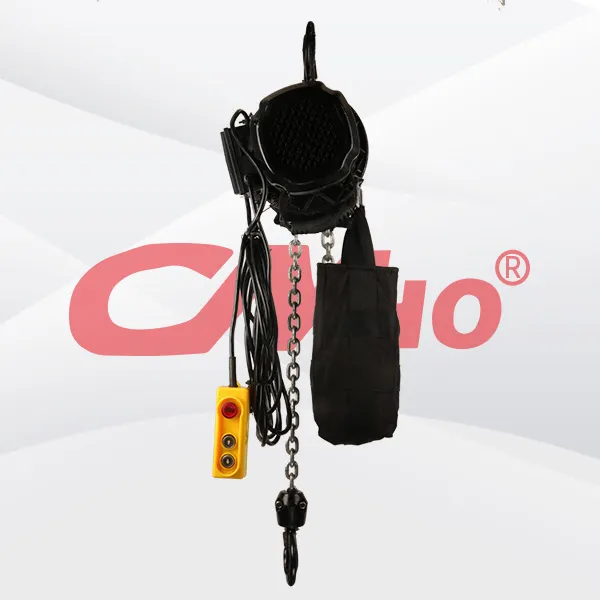

Please note that you missed the translation of the part about the "Automatic Braking System" in your original Chinese text. If you need it to be added, please let me know. Also, the English ...
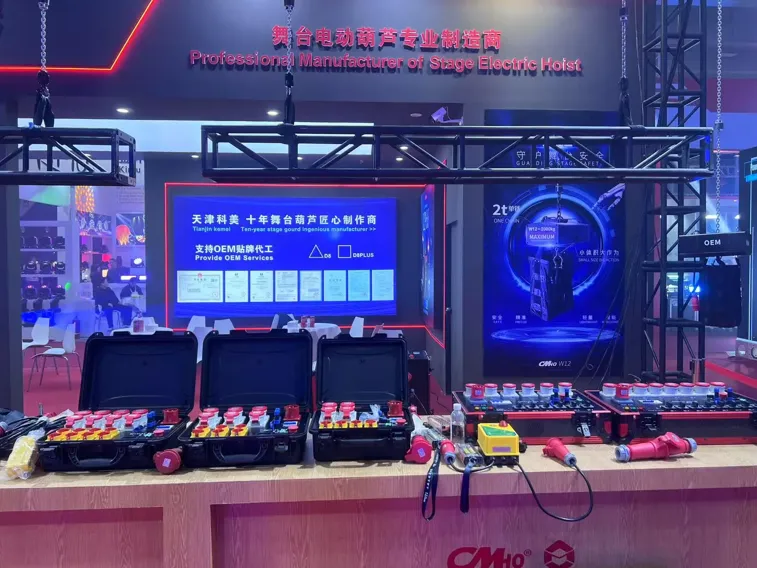
2025-02-28
创始人
0
The participation of Tianjin Kemei in the Guangzho...
Tianjin Kemei made a remarkable and eye-catching appearance at the Guangzhou (International) Performing Arts Equipment, Intelligent Acoustic, Optical and Electrical Products...
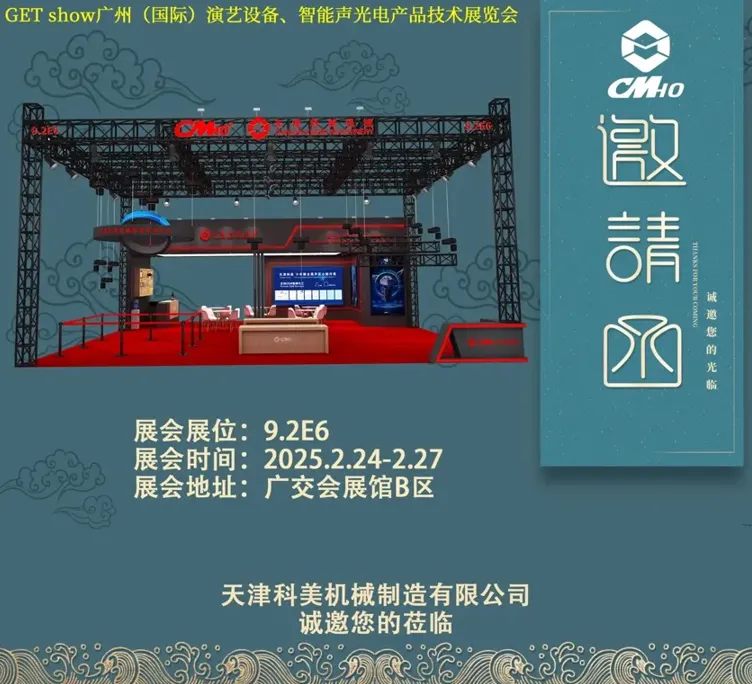
2025-02-27
创始人
0
Guangzhou (International) Performing Arts Equipmen...
In the era of the rapid development of stage lifting equipment and intelligent acousto - optic technology, every industry event serves as a crucial opportunity for innovatio...

2025-02-27
创始人
0
GET show Guangzhou (International) Performing Arts...
Tianjin Kemei Machinery Manufacturing Co., Ltd. has been deeply engaged in the stage equipment manufacturing field for many years and has developed into a modern benchmark e...
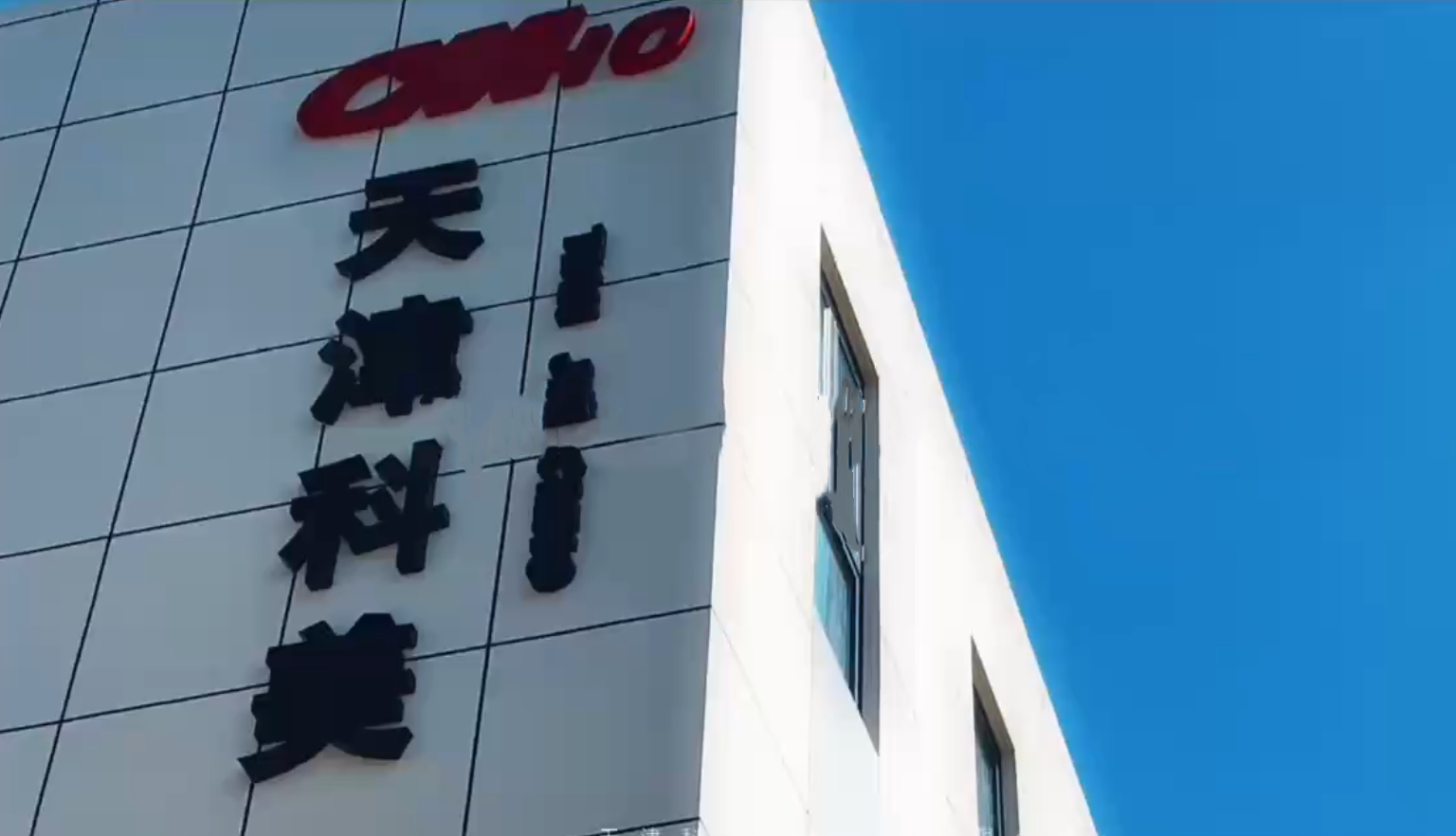
2024-09-24
admin
0
Tianjin Kemei Machinery Manufacturing Co., Ltd. Ne...
Tianjin Kemei Machinery Manufacturing Co., Ltd.: New Starting Point, New Journey - New Factory Relocation Record

